Trends and Innovations in Prefab Commercial Buildings

Top Trends and Innovations in Prefab Commercial Buildings
The prefab sector is transforming the building industry by elevating sustainability, cost-effectiveness, and efficiency. Once mostly used for temporary buildings, prefabrication and modular construction have now spread to the commercial, residential, and even industrial sectors. This shift is transforming how we approach construction, especially in terms of quality, speed, and environmental impact. The benefits of prefab construction, how it affects commercial projects, industry trends, and prefab technology's future will all be covered in this article.
Understanding the Prefab Industry
Prefabrication is the process of creating building components in a controlled factory environment before assembling them on-site. When used for entire sections, this method, often referred to as modular construction, allows developers to cut costs and save time during construction. Conventional construction calls for a sizable workforce and more time. Prefab techniques streamline construction and drastically cut down on completion time. Prefabrication reduces labour expenses while also minimizing site and weather-related disruptions.
Trends in the Prefab Industry
As prefabrication becomes more sophisticated, several key trends are emerging in the field of prefab industry for commercial buildings:
Sustainability and Green Building
The prefab sector is moving toward sustainable practices as environmental concerns grow. These days, environmentally friendly materials, energy-efficient systems, and waste-reducing production methods are used in prefabricated buildings. Many prefab buildings today strive for green certifications to demonstrate their commitment to sustainability.
Technological Advancements
Technology is making prefabrication more precise and effective. Innovations like Building Information Modeling (BIM), 3D printing, and automated manufacturing techniques have made prefab construction more accessible and of higher quality. These tools optimize designs, reduce errors, and improve teamwork.
Customization and Design Flexibility
Modern prefabricated structures offer a wide range of layouts, finishes, and styles. This change enables customers to produce distinctive designs that satisfy particular requirements, such as customized office spaces or homes.
Affordable Urban Housing
Prefab construction is one solution to the shortage of urban housing. It is ideal for affordable housing due to its low cost and simplicity of assembly, meeting the growing demand in densely populated areas.
Expansion in Commercial and Industrial Sectors
Despite the long-standing emphasis on residential buildings, prefabrication is gaining traction in the commercial and industrial sectors. Businesses are using modular construction for everything from office buildings and hotels to hospitals and warehouses.
Smart Buildings
Smart technology is now incorporated into prefabricated buildings to provide automated security, heating, and lighting. These intelligent systems improve security, energy efficiency, and occupant convenience.
Increased Investment: As governments and private investors recognize prefab's potential to meet housing and urban needs, the industry is growing rapidly and opening up new markets.
Prefabrication in Commercial Construction
Prefab construction is becoming a popular choice in commercial building projects. Companies are now using prefab techniques in offices, hotels, and industrial facilities, gaining the advantages of faster construction and reduced costs. Prefab skyscrapers and other commercial structures are transforming urban landscapes by enabling cities to swiftly adapt to business demands. Its rapid assembly process, which also reduces the impact on surrounding businesses and the environment, makes it a desirable alternative for both developers and city planners.
Benefits of Prefab Construction
Prefabrication offers numerous advantages over traditional construction:
Speed and Efficiency
Project timelines are greatly shortened when components are built in a factory. Site preparation and factory production happen simultaneously, enabling quicker completion. Modules are delivered ready to assemble, minimizing labor on-site and lowering the risk of delays caused by bad weather.
Cost-Effectiveness
Developers can save money by using prefabricated construction. The controlled production environment reduces waste, errors, and the quantity of manpower required on-site.
This cost-effective method offers excellent results at a fraction of traditional costs, making it especially beneficial for projects with a tight budget.
High Quality and Durability
The prefab sector upholds strict quality standards. Parts are manufactured in a facility, ensuring that every component meets precise specifications and enabling strict quality control. Additionally, this environment creates longer-lasting buildings by improving the endurance of each component and preventing weather damage.
Sustainability and Waste Reduction
Prefabrication makes better use of resources, which lowers construction waste. The factory can easily recycle excess materials, and the streamlined process has a smaller environmental impact. Energy-efficient designs can also be incorporated into prefab buildings to further reduce their carbon footprint.
Design Flexibility and Customization
In terms of enabling personalized layouts and aesthetics, modular construction has advanced significantly. Customers can customize the building to meet their personal or professional needs by selecting from a range of design options. Because of its adaptability, prefab is a desirable option for a variety of applications, including multi-story commercial buildings and customized homes.
Safety and Reduced Site Disruption
Because prefab construction moves the majority of the building process indoors, it lowers on-site hazards. This approach is perfect for urban settings because it is safer for employees and causes less disruption to the neighborhood.
Technological Innovations in Prefabrication and Modular Construction
Technological breakthroughs are reshaping the prefab industry, transforming how structures are designed and built. Building Information Modeling (BIM) has become essential in today’s prefab construction, revolutionizing the design process. With BIM, architects can create 3D models that help optimize designs and catch potential issues early, even before construction begins. This procedure lowers expensive errors and raises the standard of the project as a whole.
3D printing is another noteworthy invention that is increasing modular construction's degree of customization. The precision of 3D printing reduces waste and enables complex designs that traditional methods may not achieve. Additionally, 3D-printed components integrate seamlessly into modular systems, fostering more creative designs and efficient construction.
You may also like to read: How Modular Construction Improves Accessibility in Remote Areas
The Future of the Prefab Industry
Urbanization, population growth, and environmental concerns are driving up demand for quick, inexpensive, and sustainable building, which looks well for the prefab sector's future. Modular construction and prefabrication provide practical answers to these problems. As urban areas expand, prefab techniques provide an ideal way to quickly tackle housing shortages. The modular design of prefabrication allows for customized structures, be it commercial hubs or residential complexes, tailored to fit specific community needs.
How effectively the prefab industry fits with sustainability goals will also determine its future. With eco-friendly practices on the rise, prefabrication stands out for its waste reduction, energy-efficient designs, and adaptability to renewable energy sources. This strategy gives the industry a competitive edge by appealing to customers who value green practices in addition to helping the environment.
Why Choose Pressmach
We are well known for our innovative use of site office buildings and portable cabins. Pressmach prioritizes quality, sustainability, and customization in their prefabricated buildings, allowing clients to create spaces that meet specific requirements. You can rely on Pressmach to ensure that each building is built with precision and care, fulfilling strict performance and durability standards.
Pressmach offers a range of prefab options designed to meet your unique needs, whether you’re looking for a flexible residential project or a cost-effective commercial building solution. Our commitment to sustainable building standards makes us stand out as a superior choice for customers who are concerned about the environment. By choosing Pressmach, you get affordable, high-quality constructions that contribute to a more sustainable and efficient future.
Your Requirements
Related
Blogs
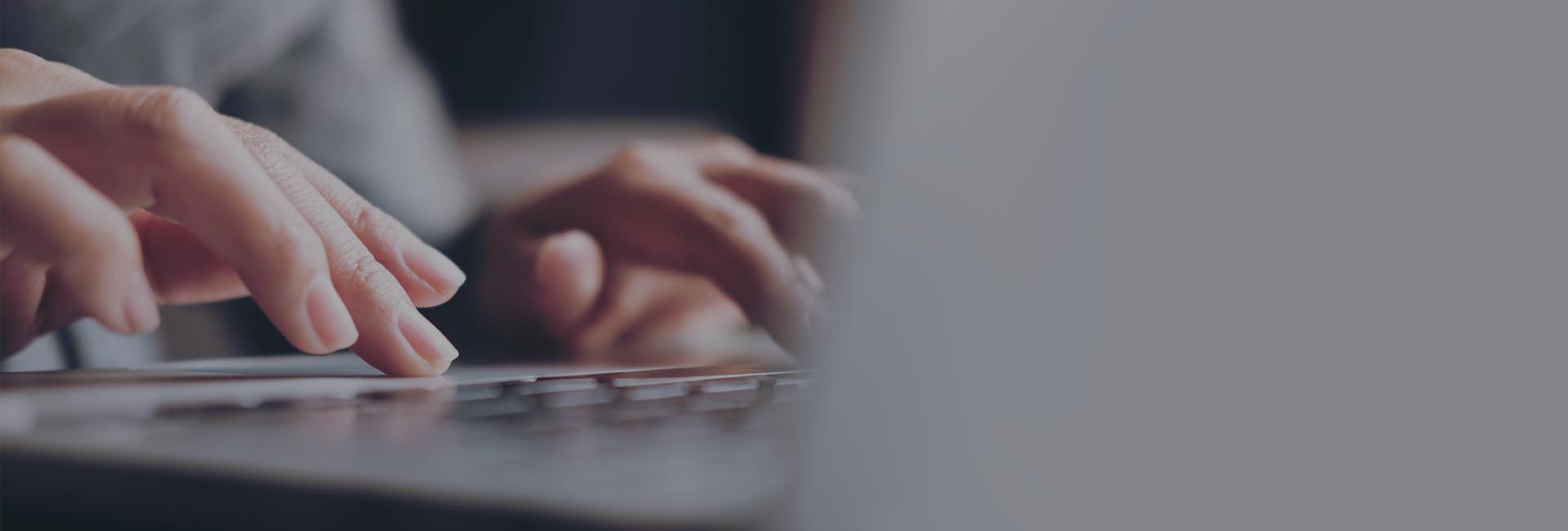

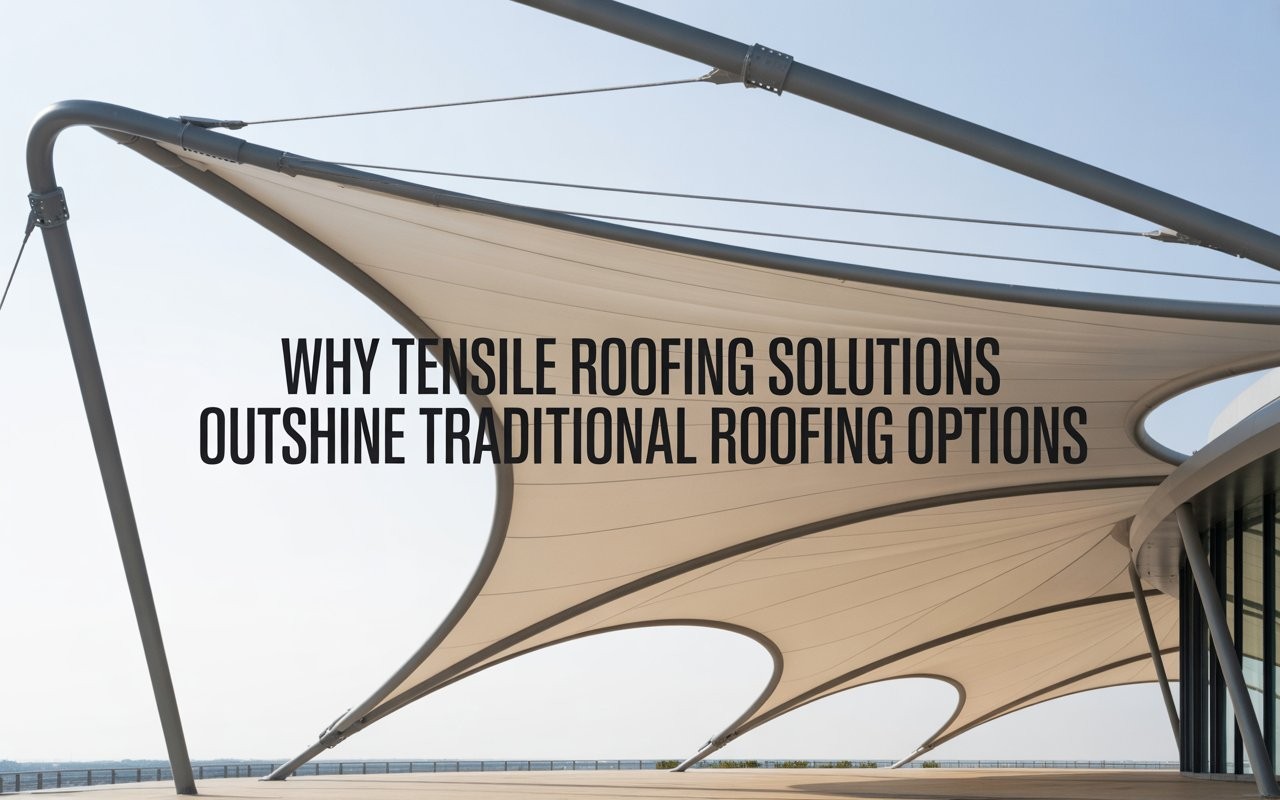
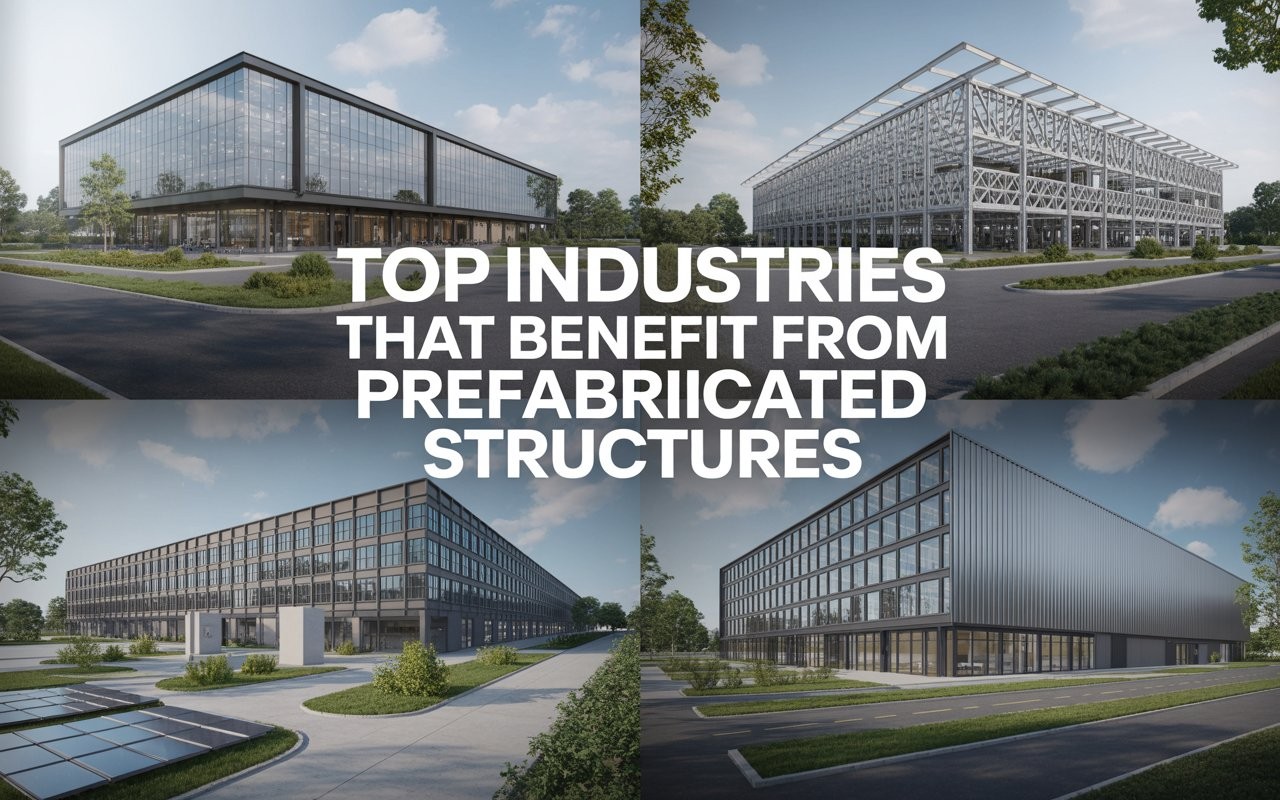
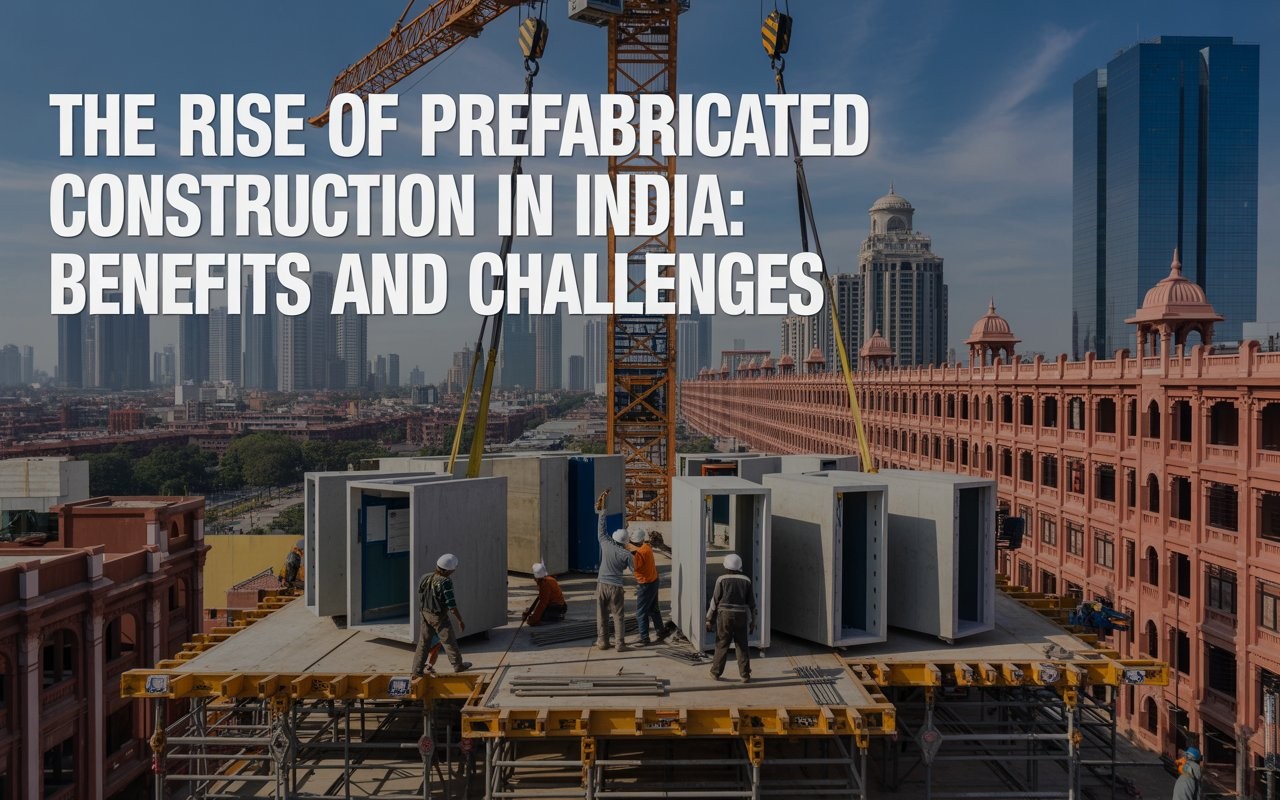
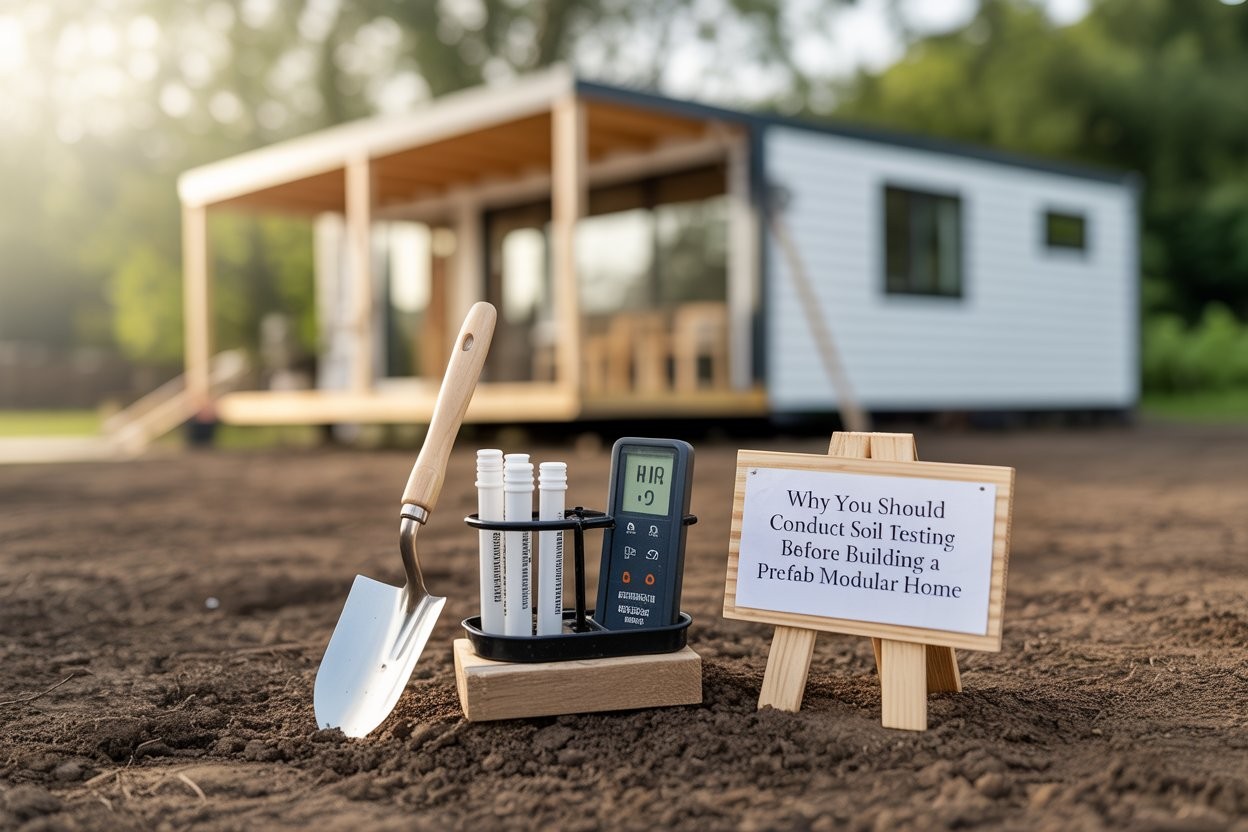
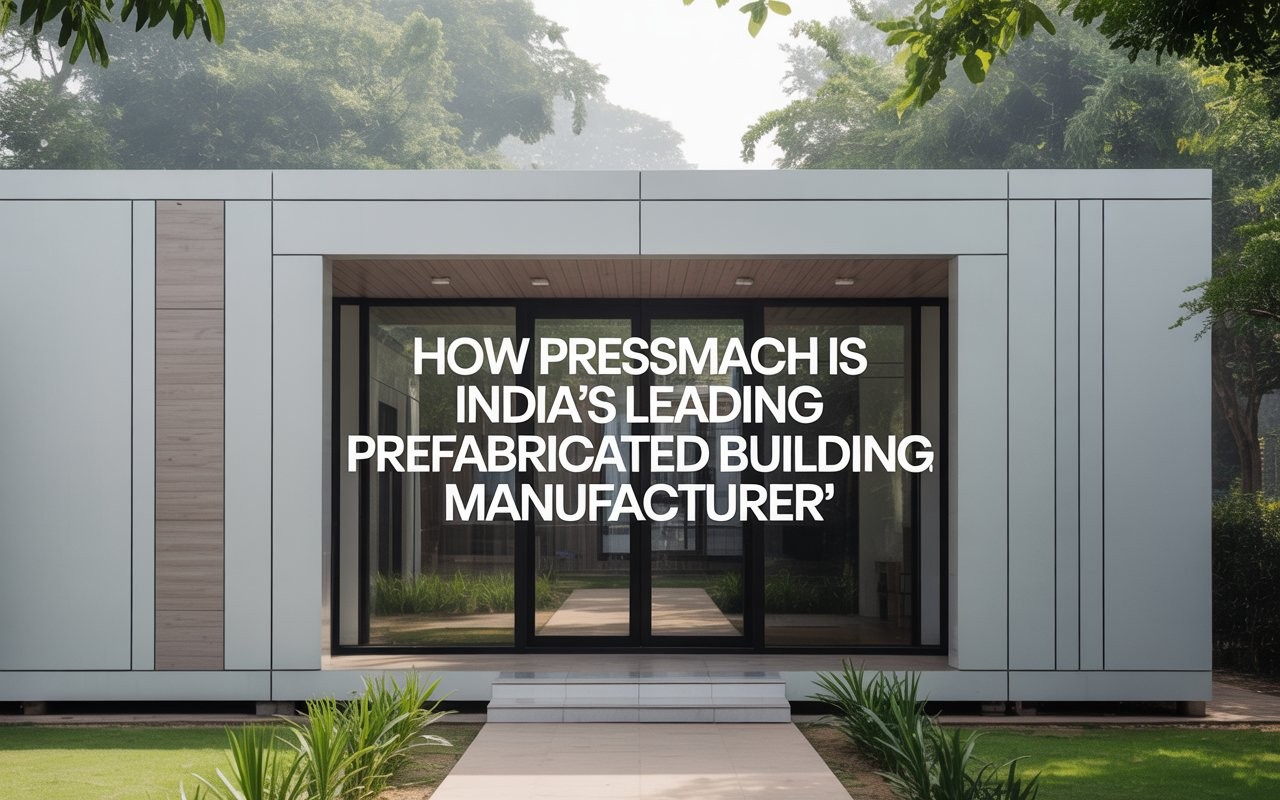
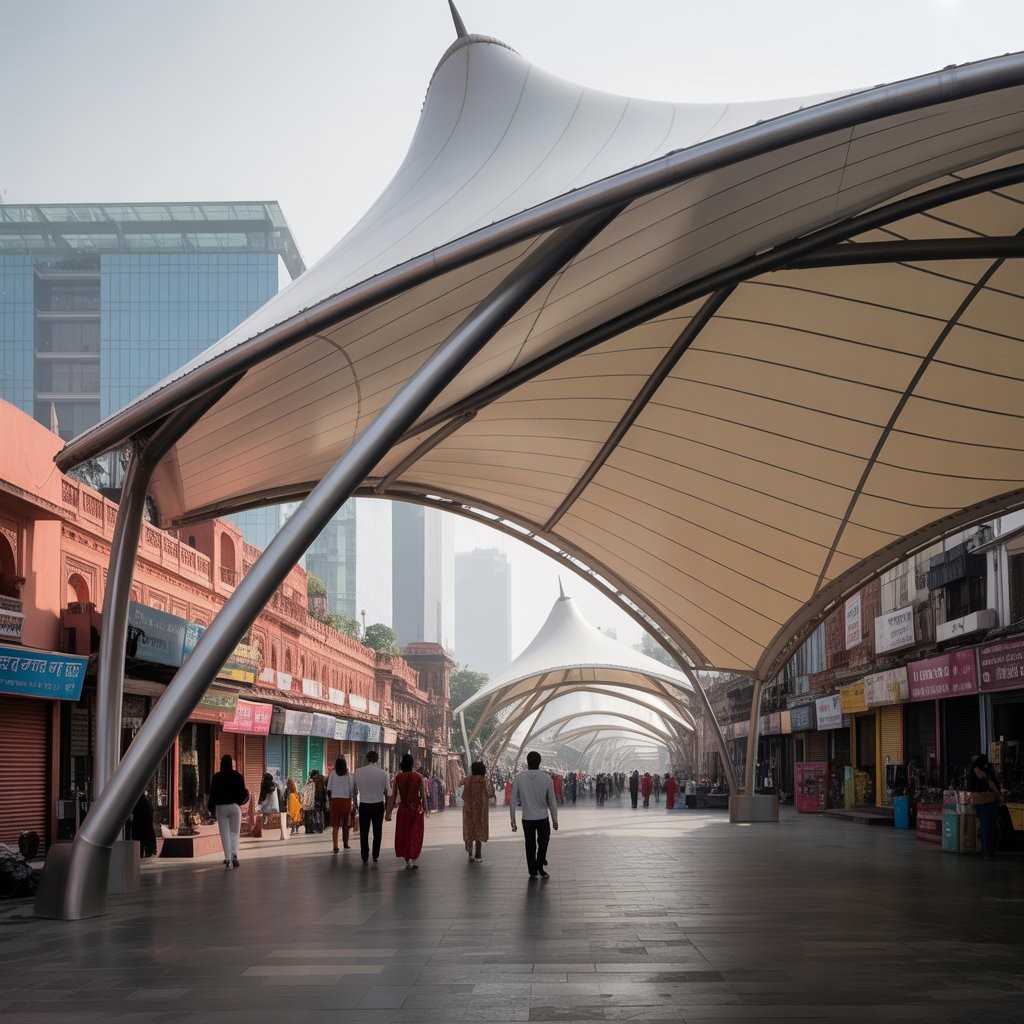
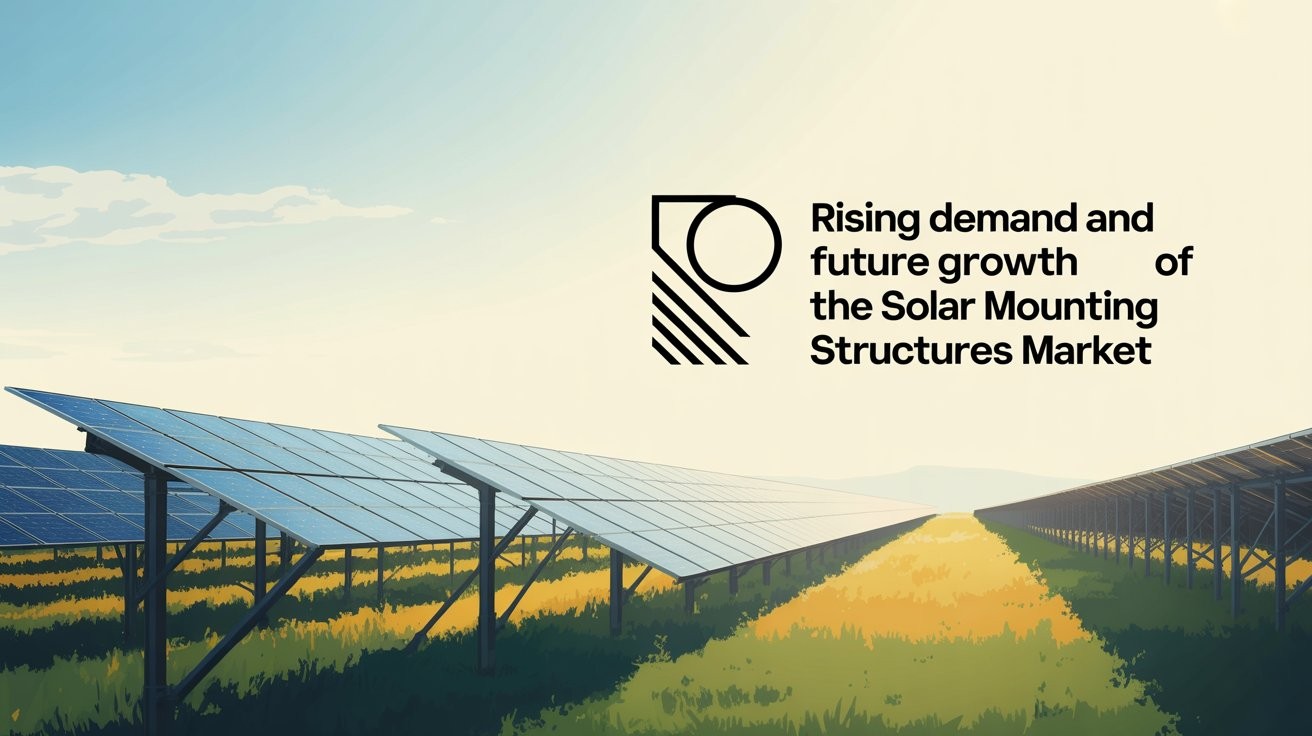
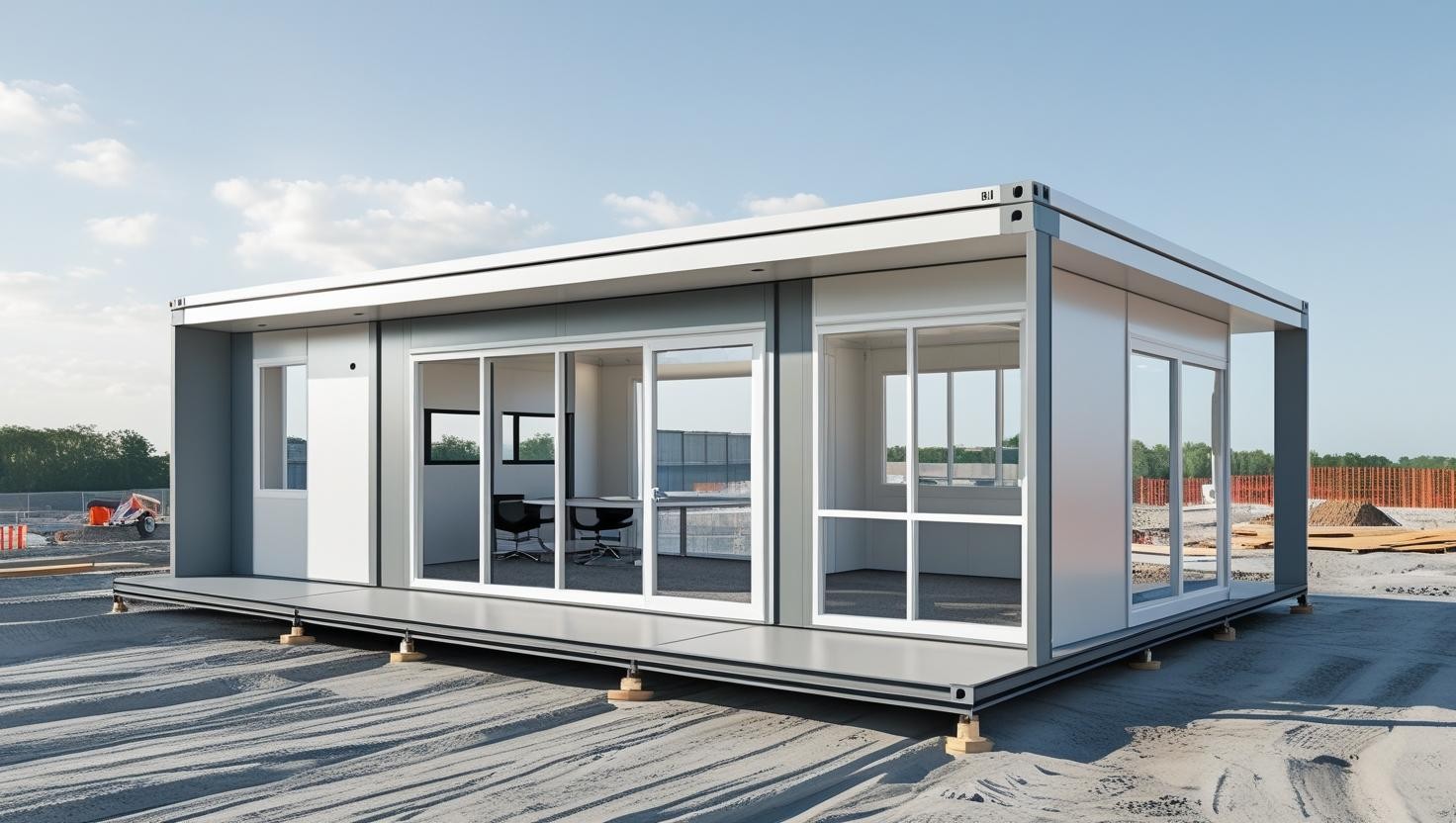
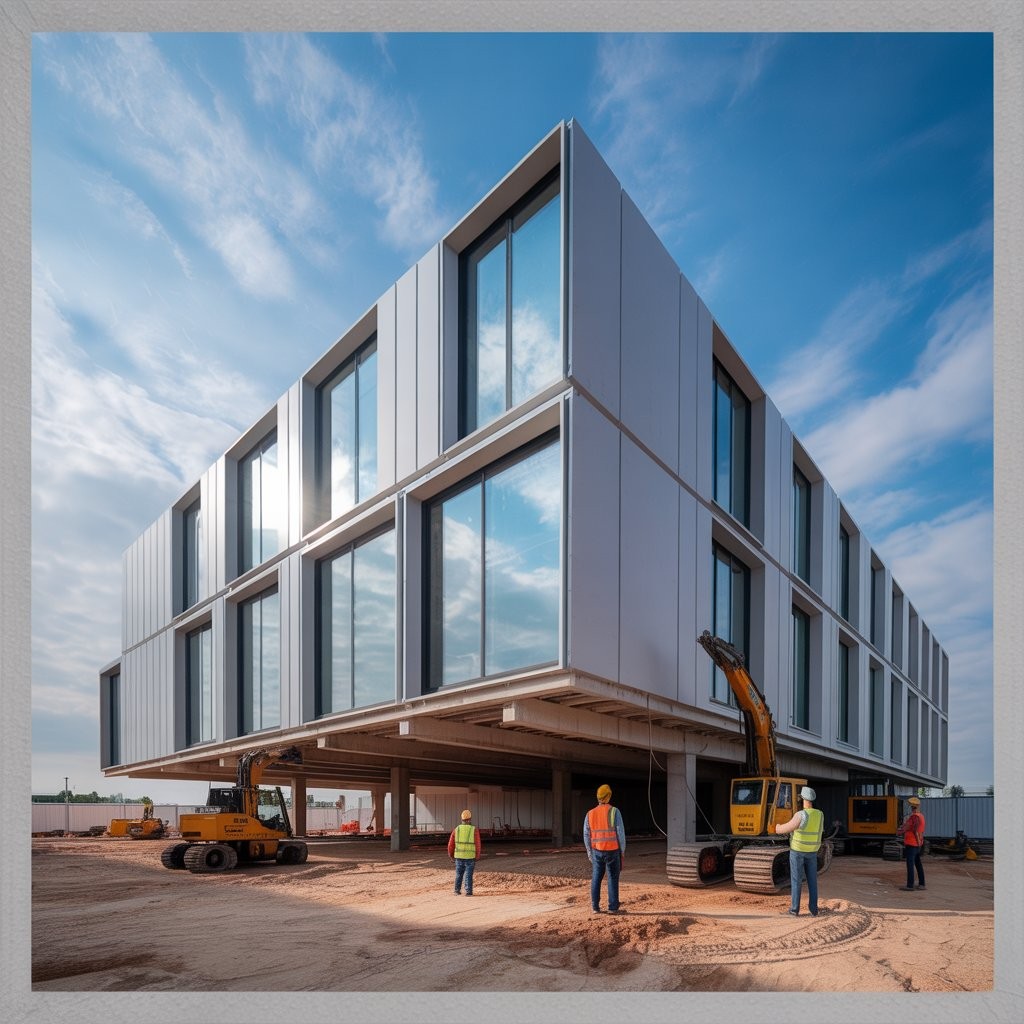










6790c3d8f29a2.jpeg)
























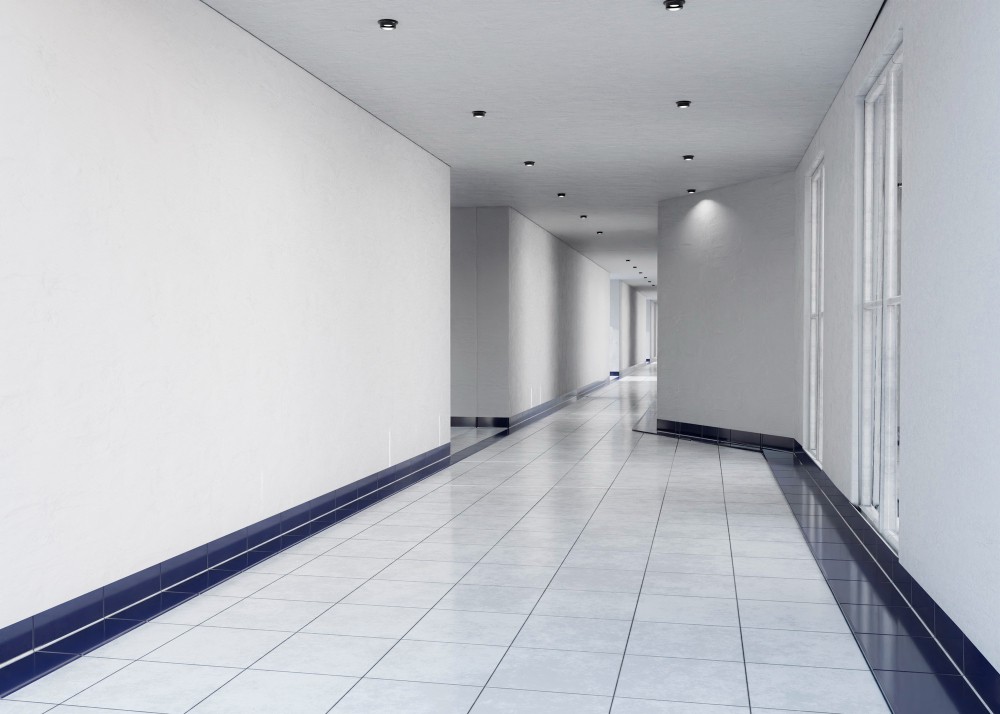


65cf4d38697f9.webp)
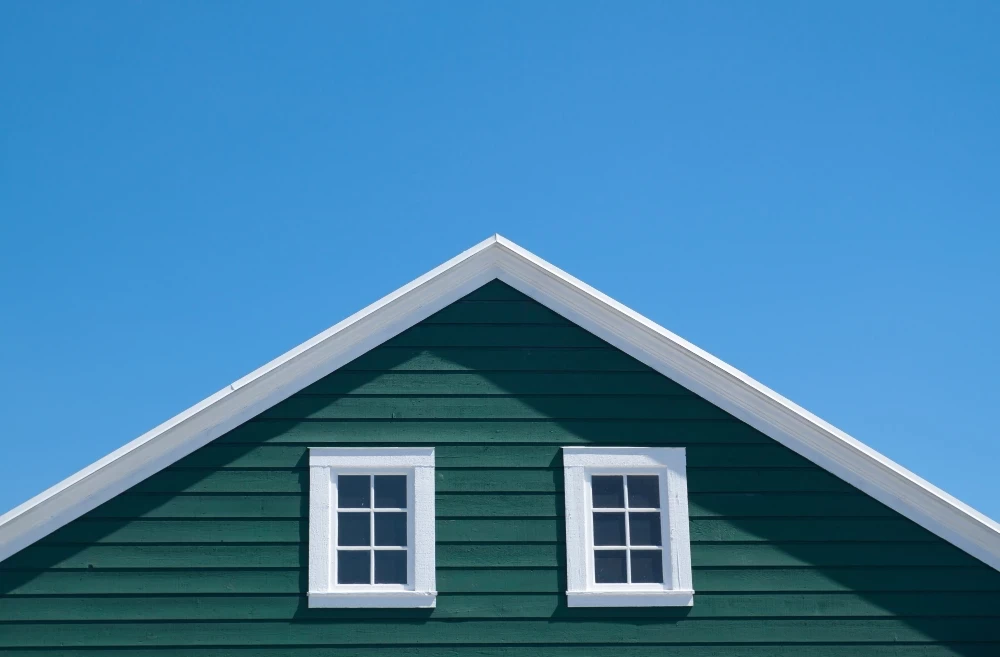
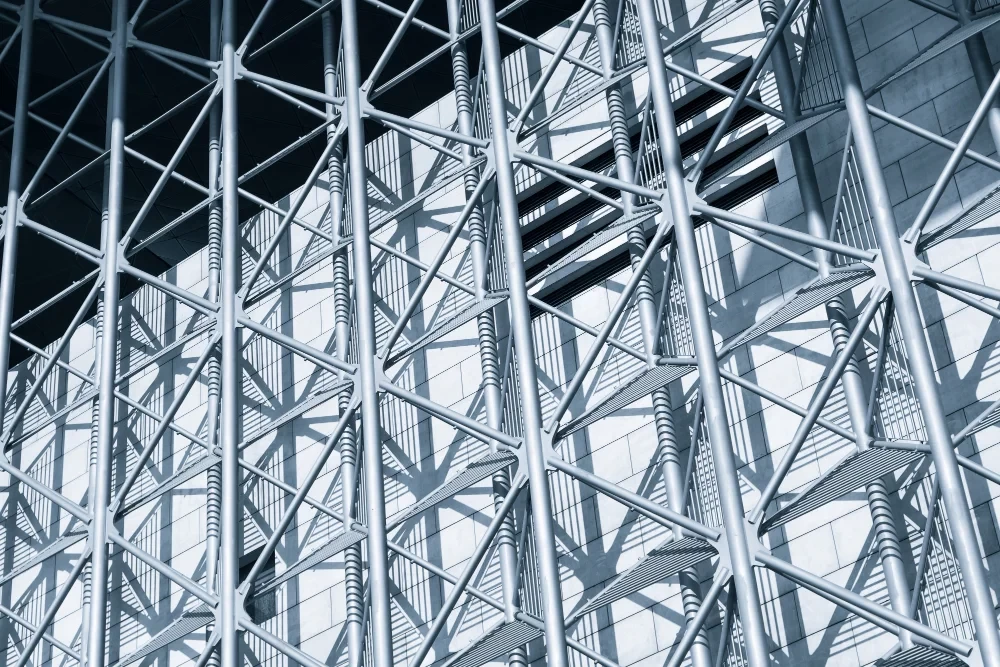
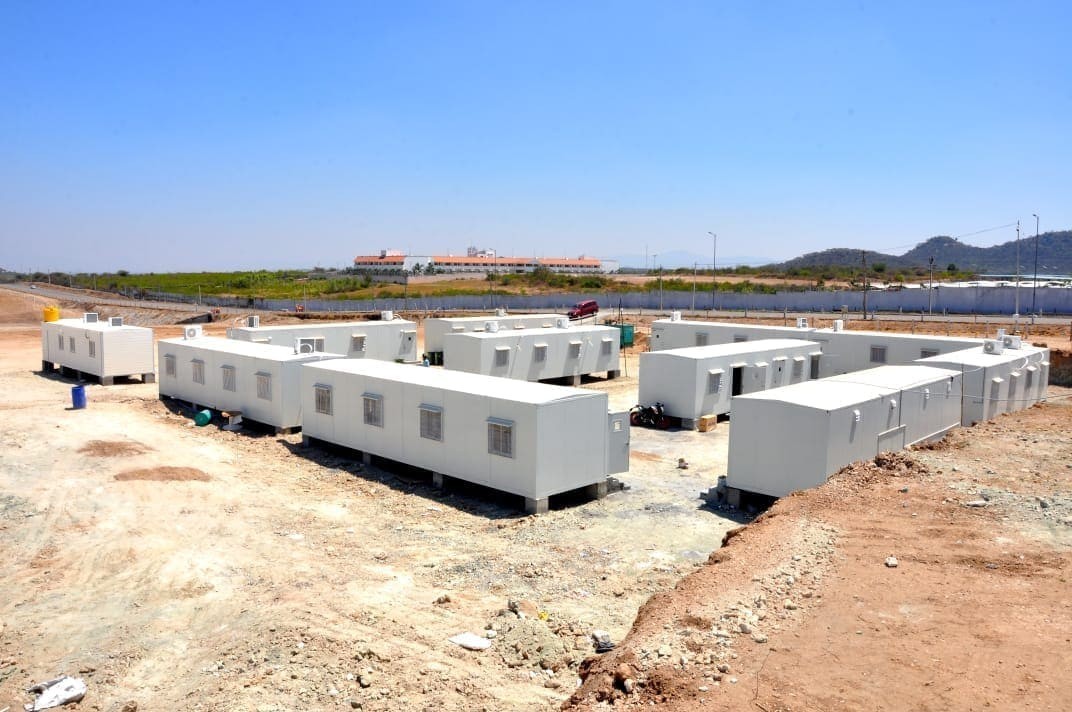

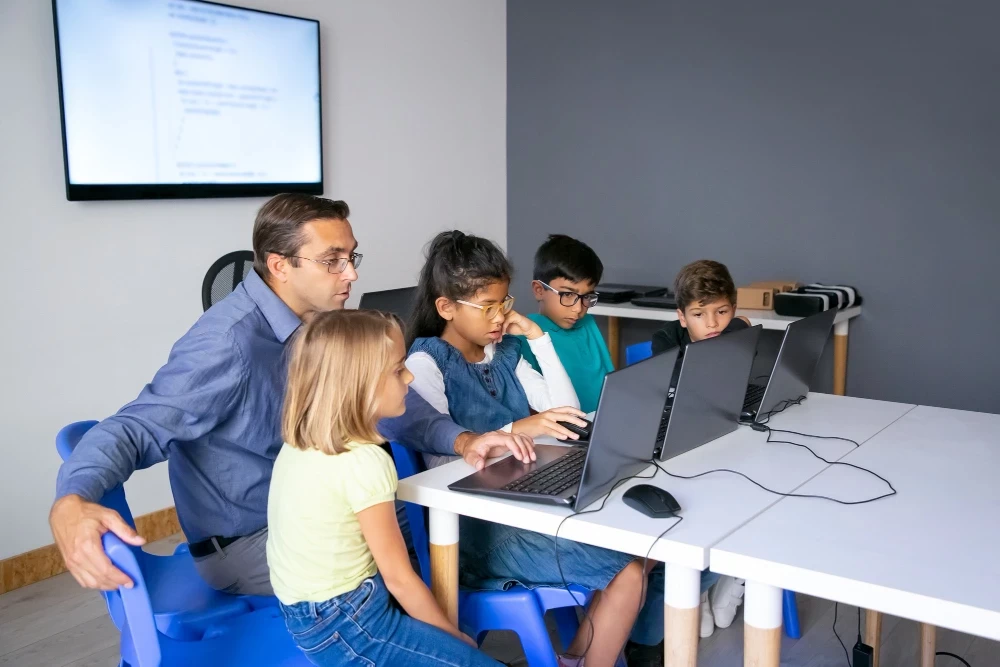
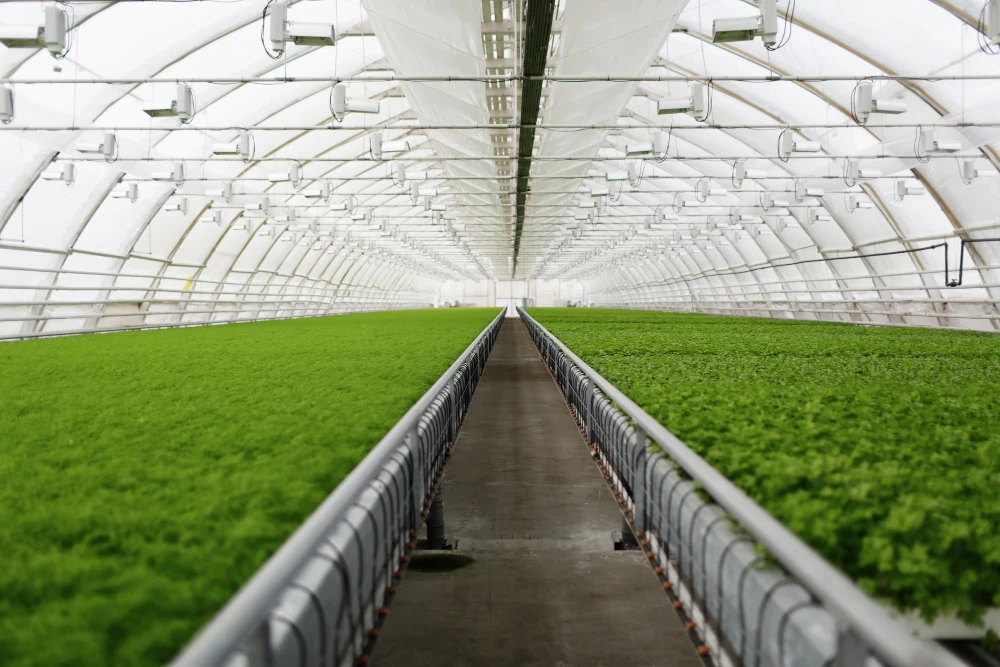
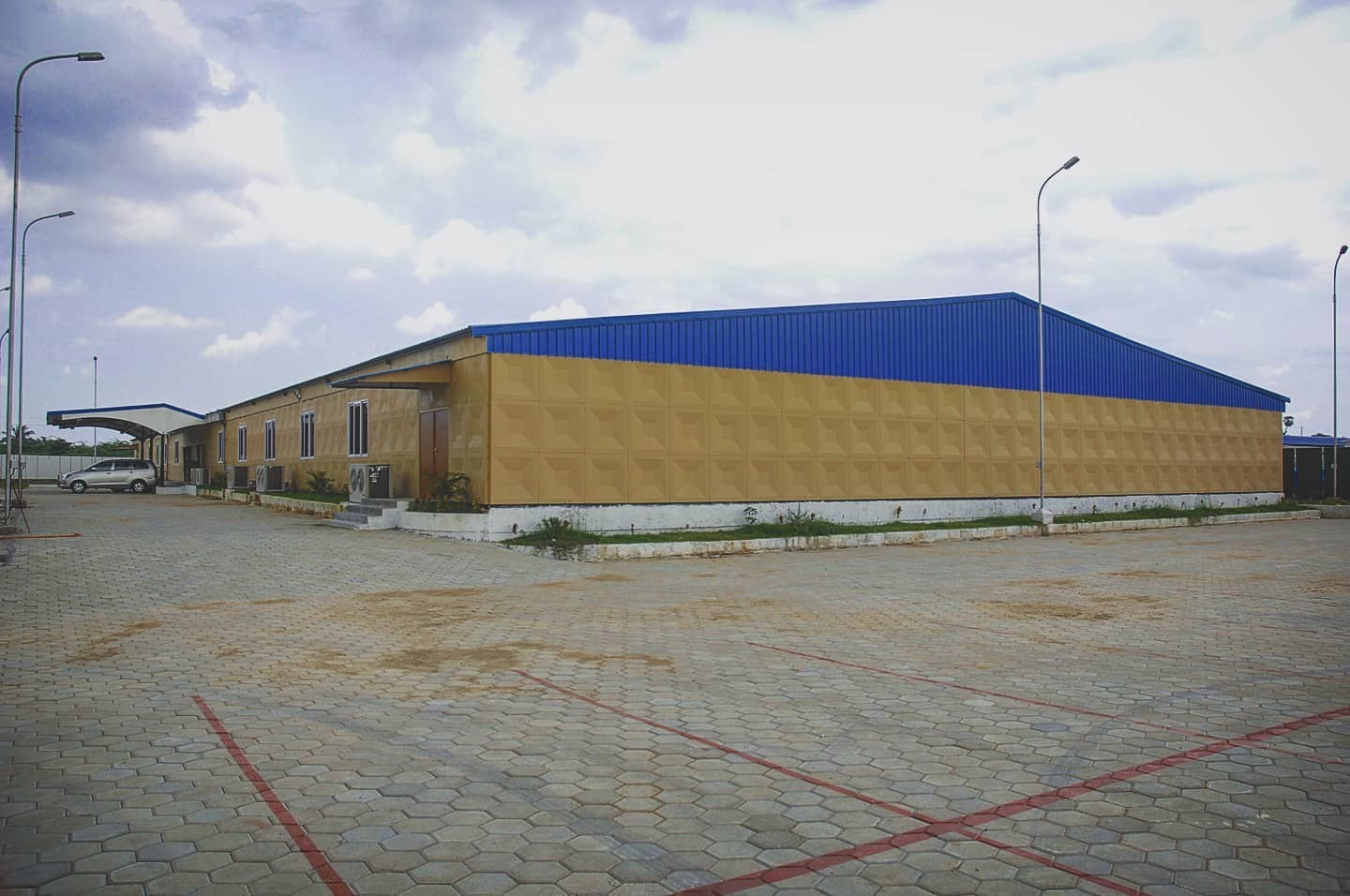
65cf65f046eed.webp)
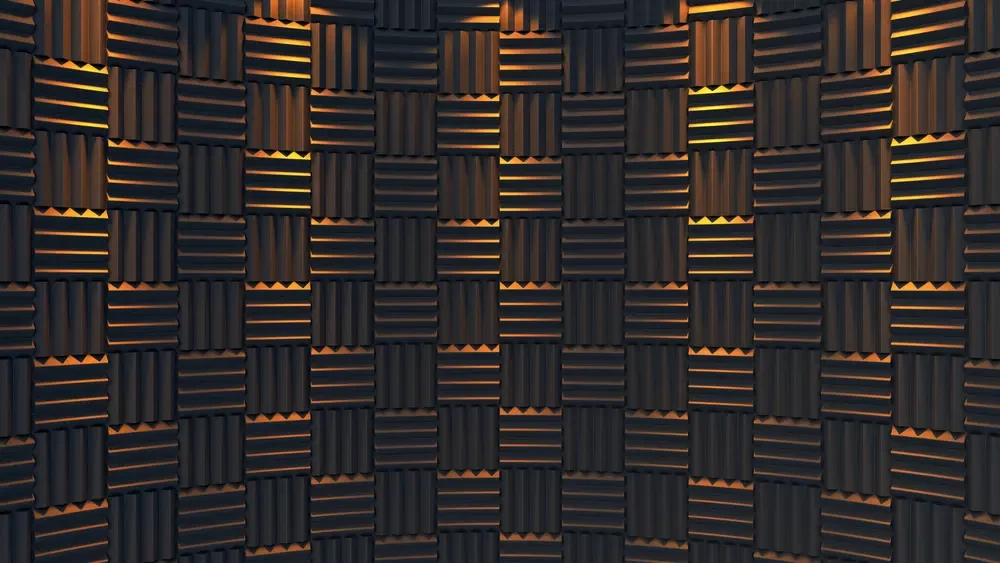
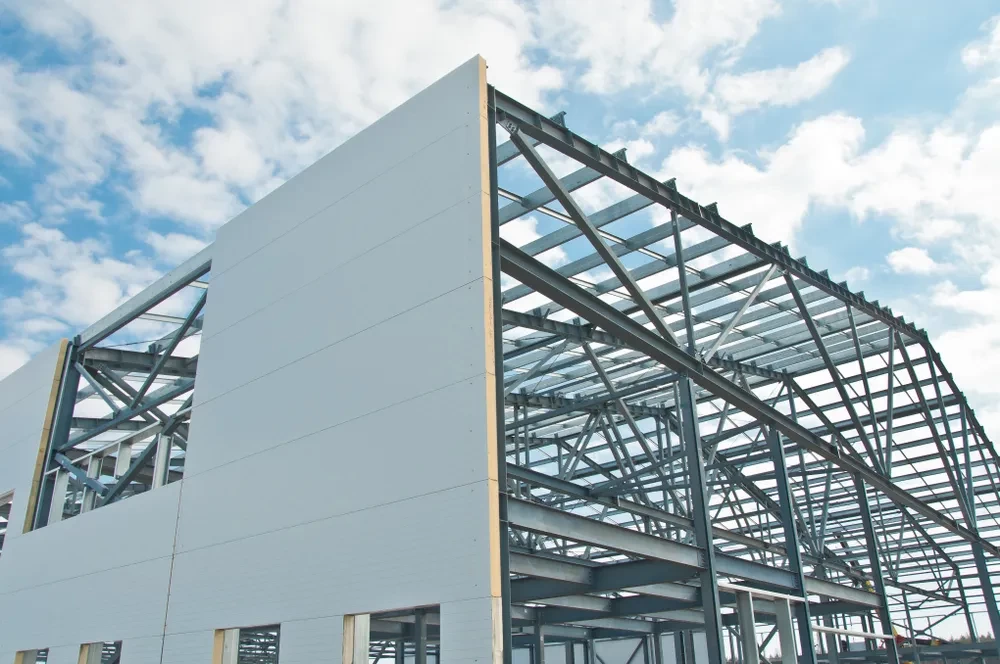
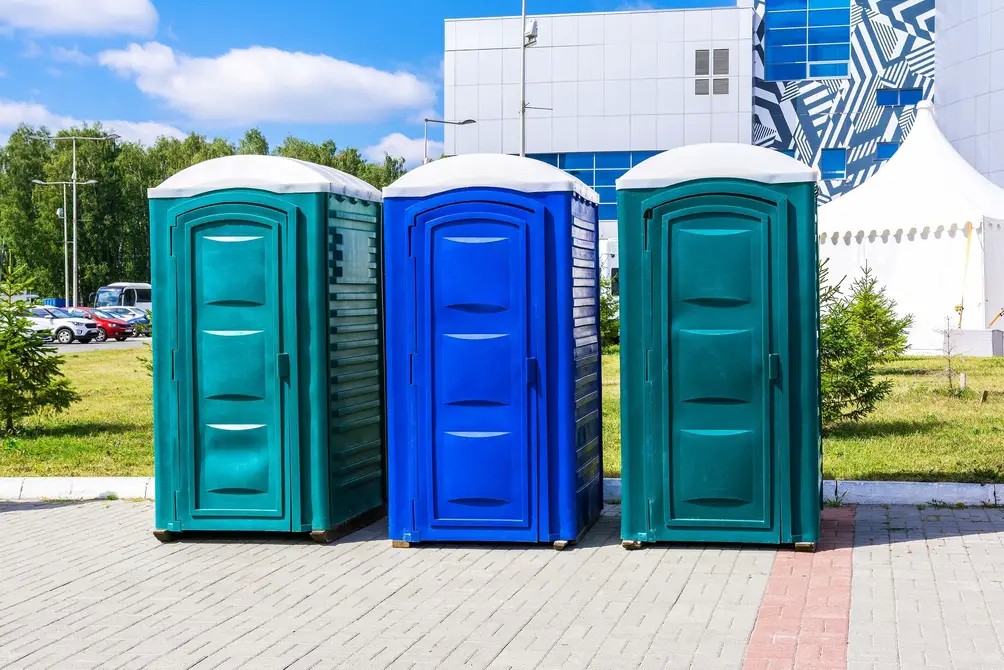
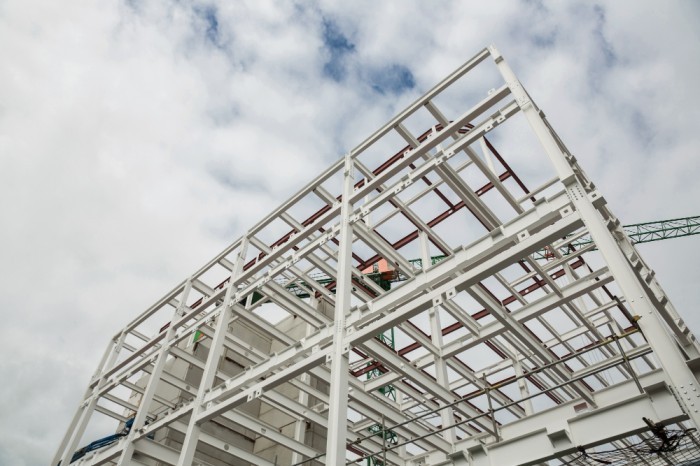
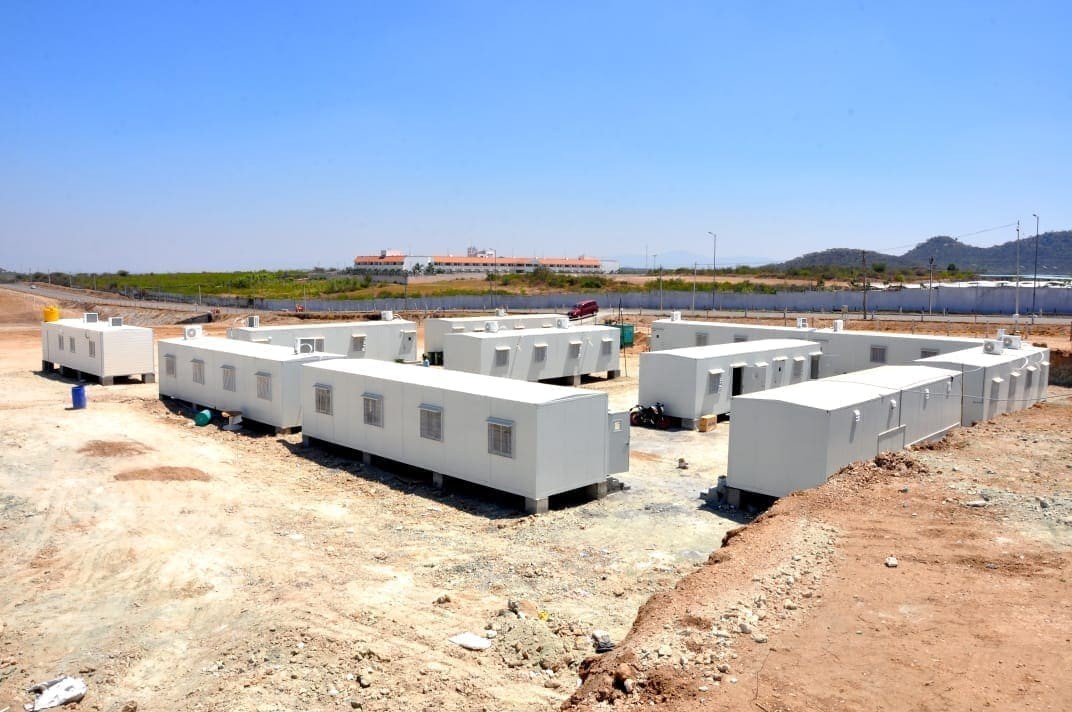
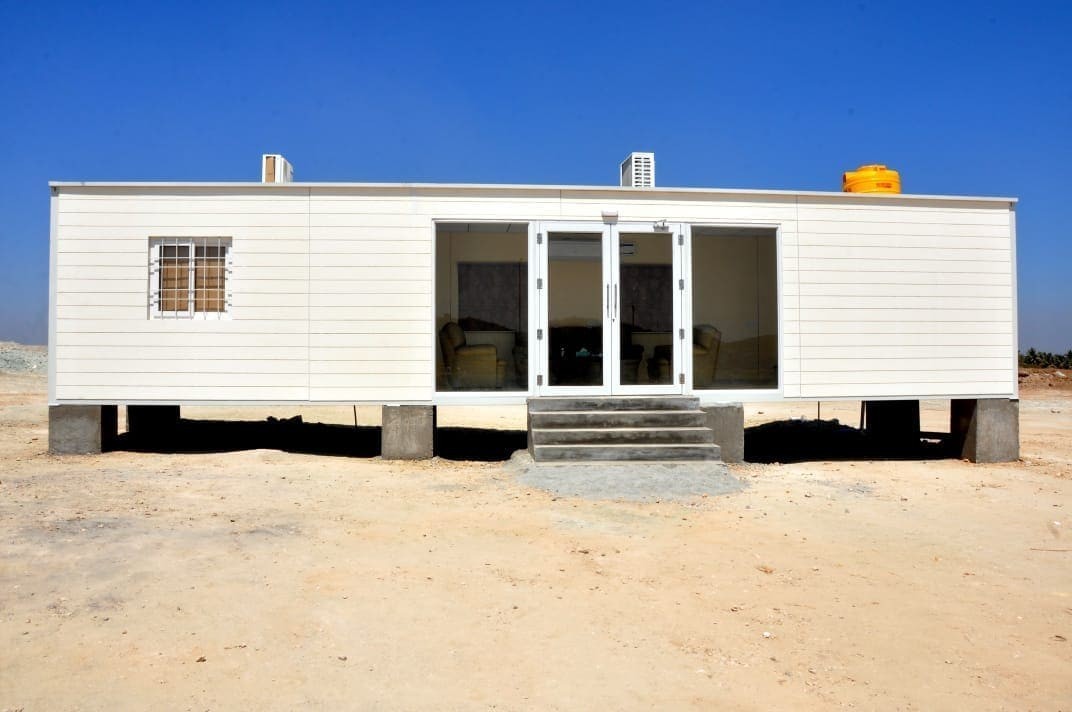
64afe3444467b.jpeg)
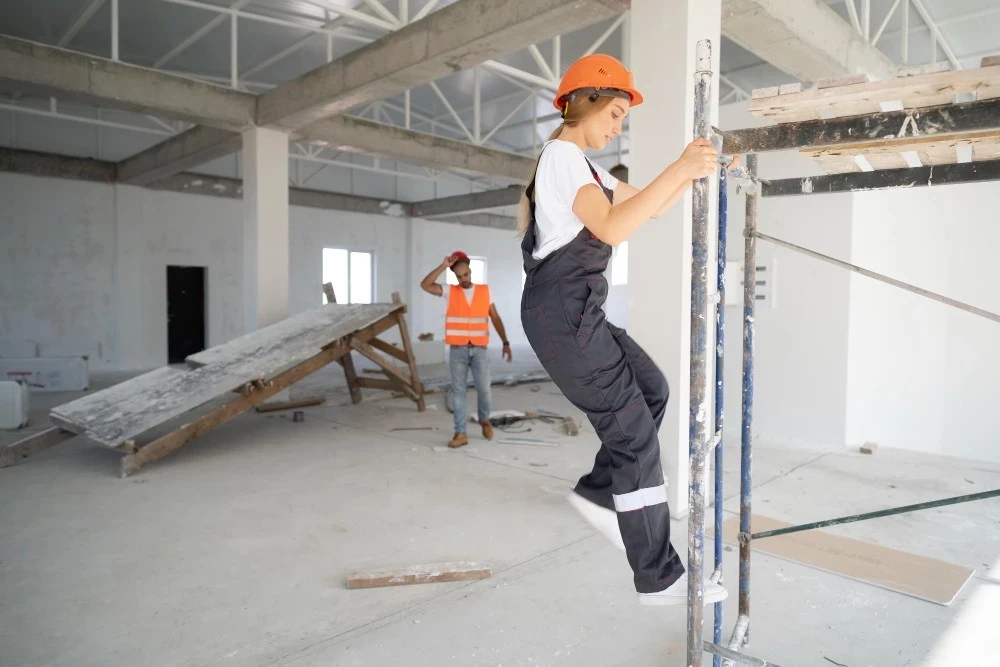
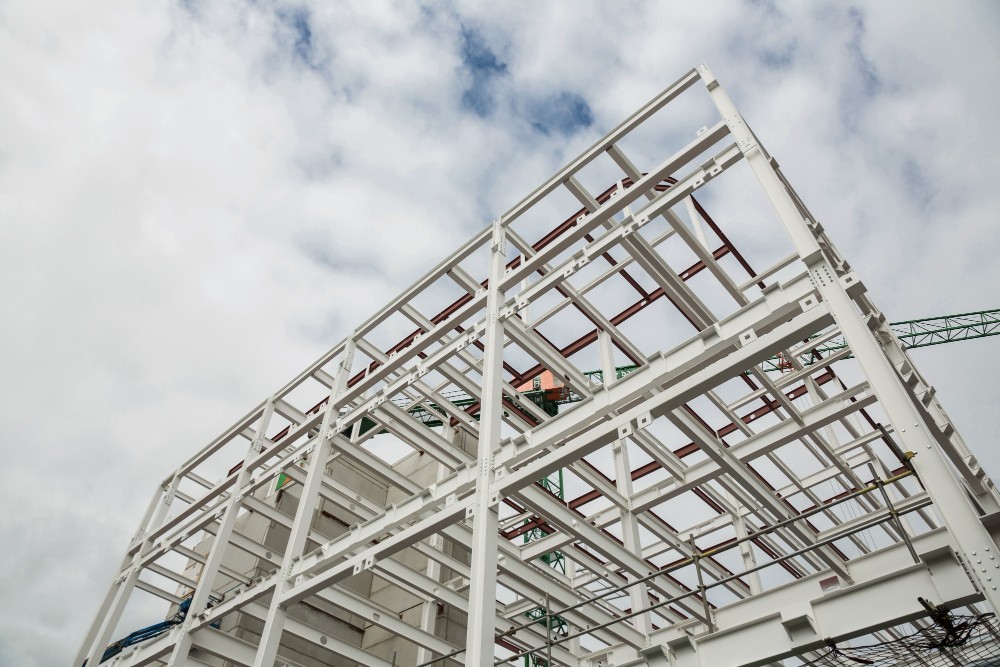
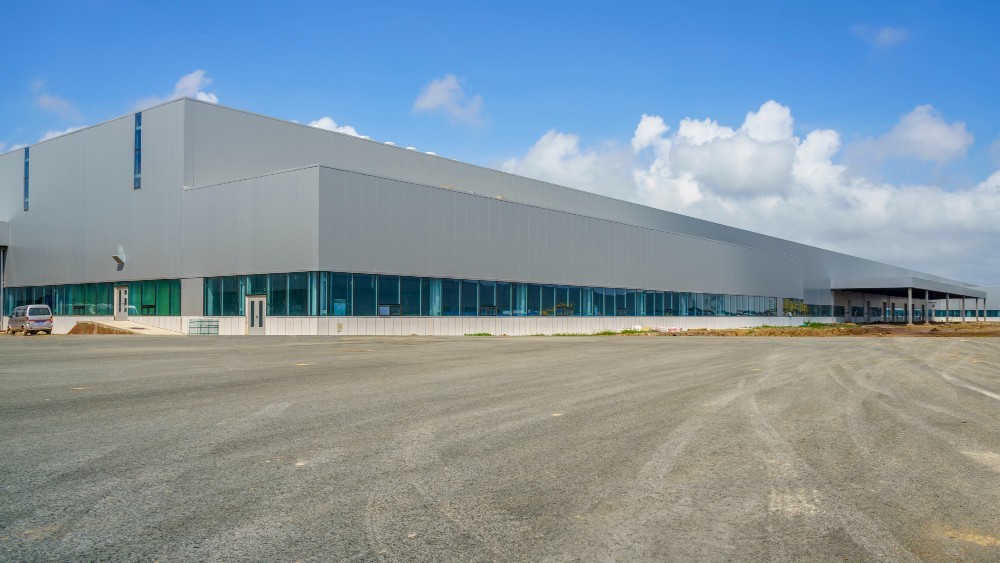
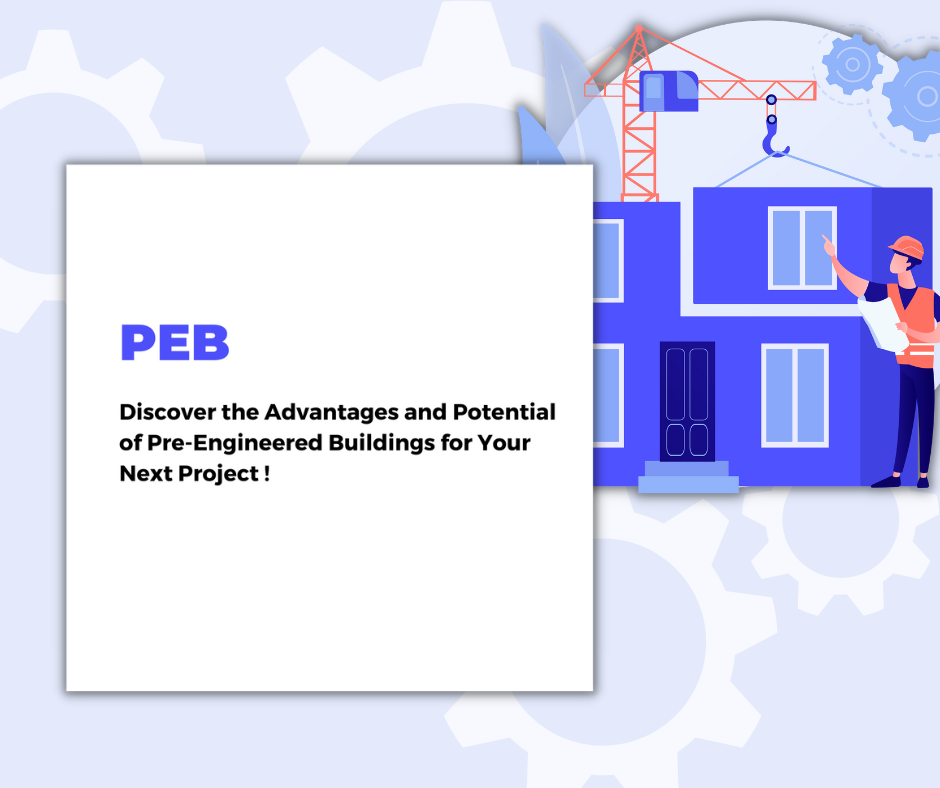
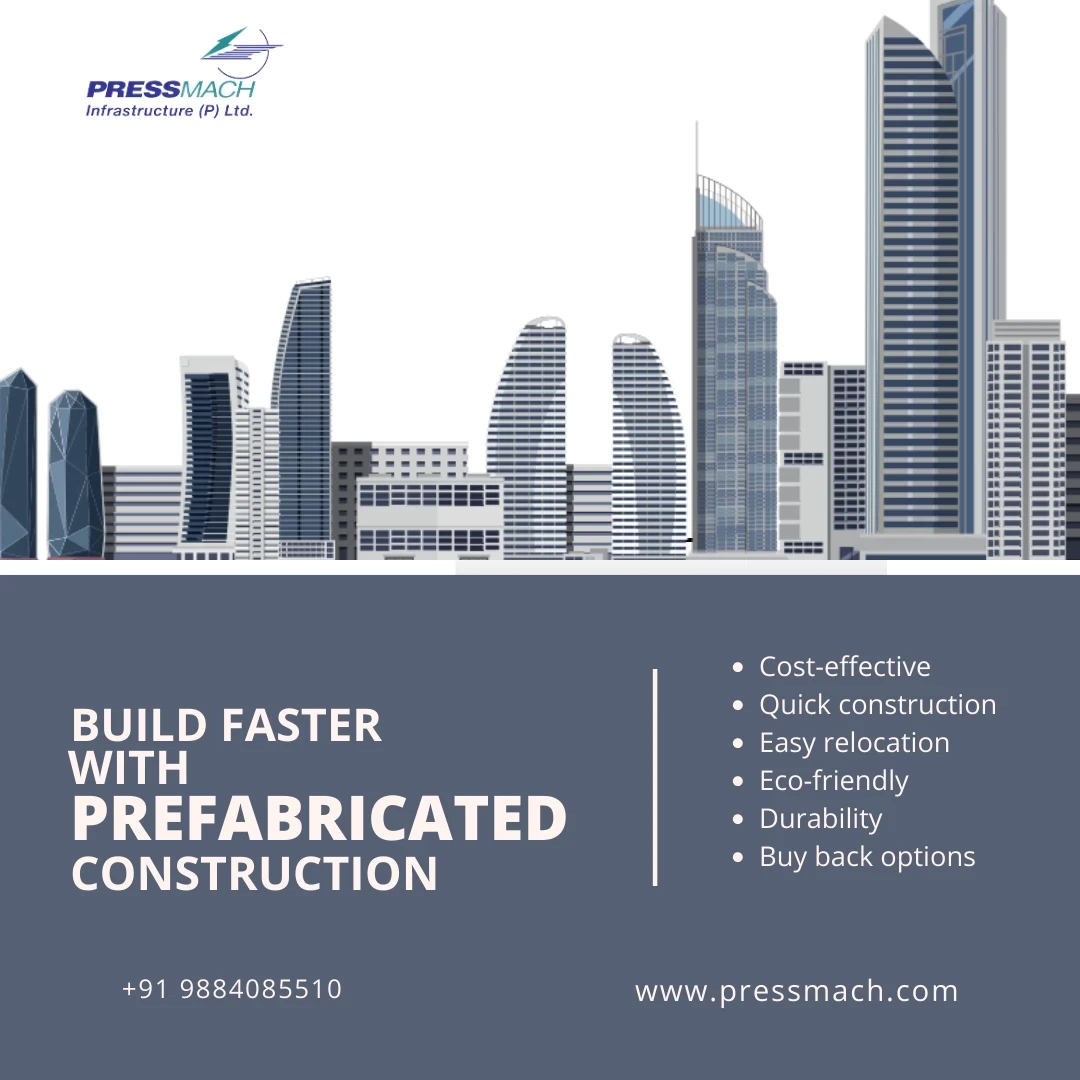
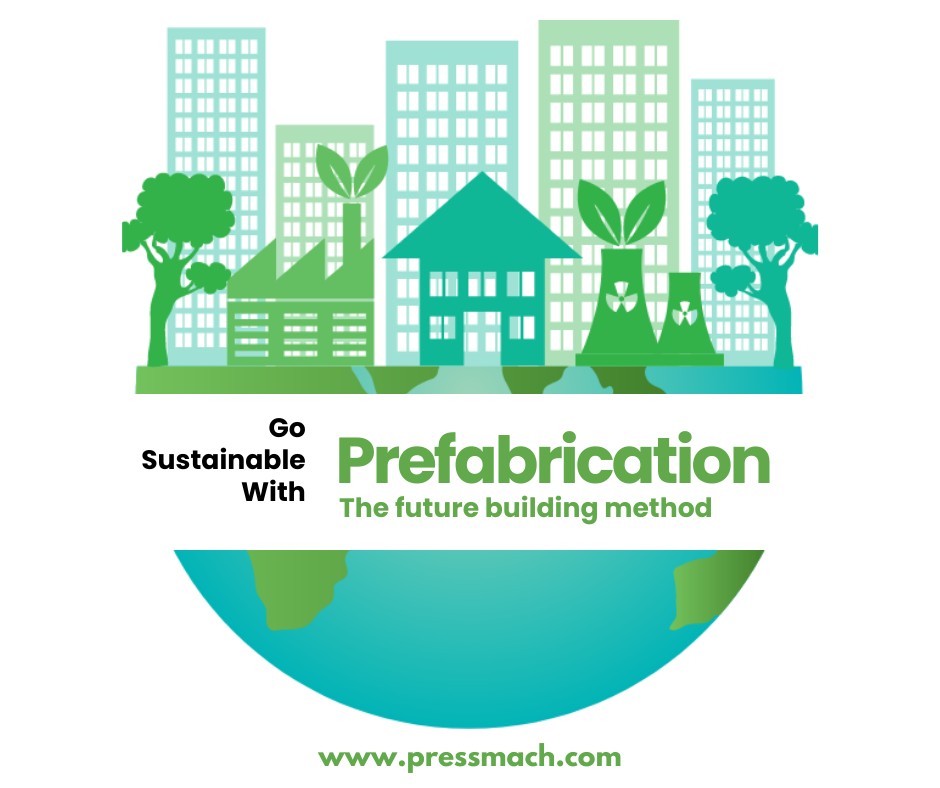
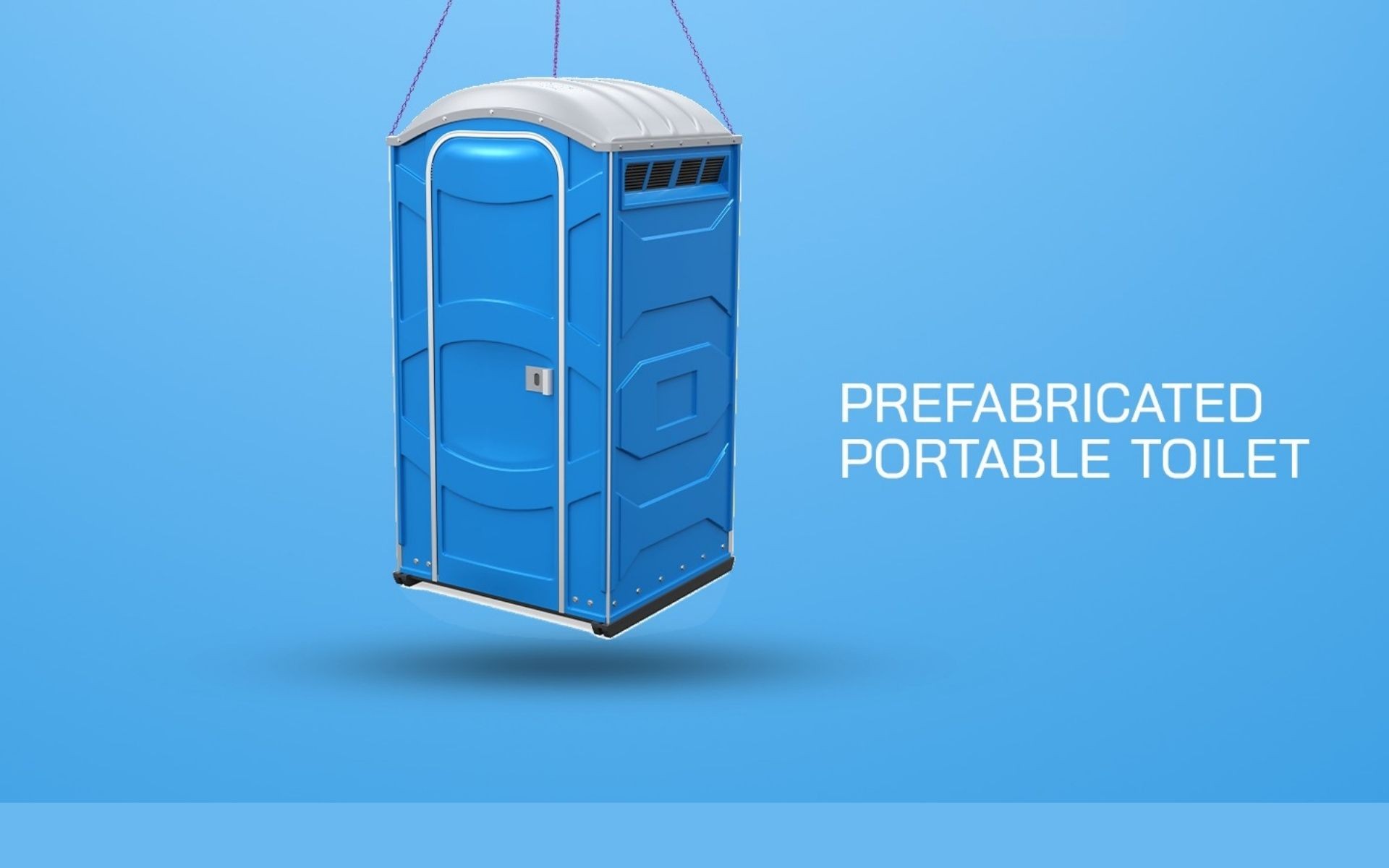

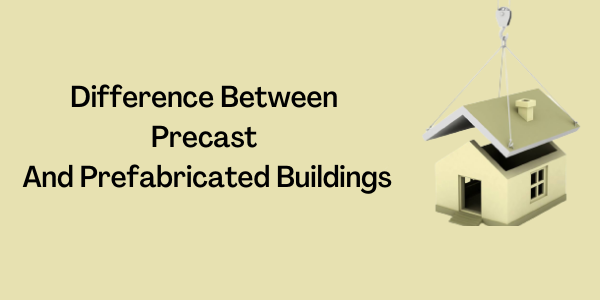

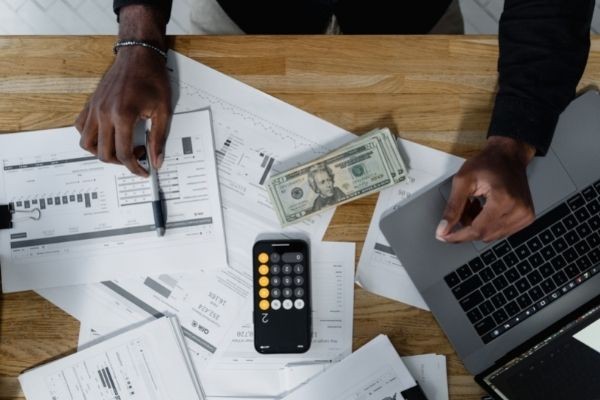

 site office front view622f00119ba65.jpg)

6349487807893.jpeg)